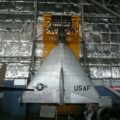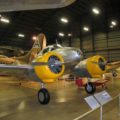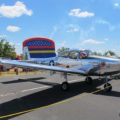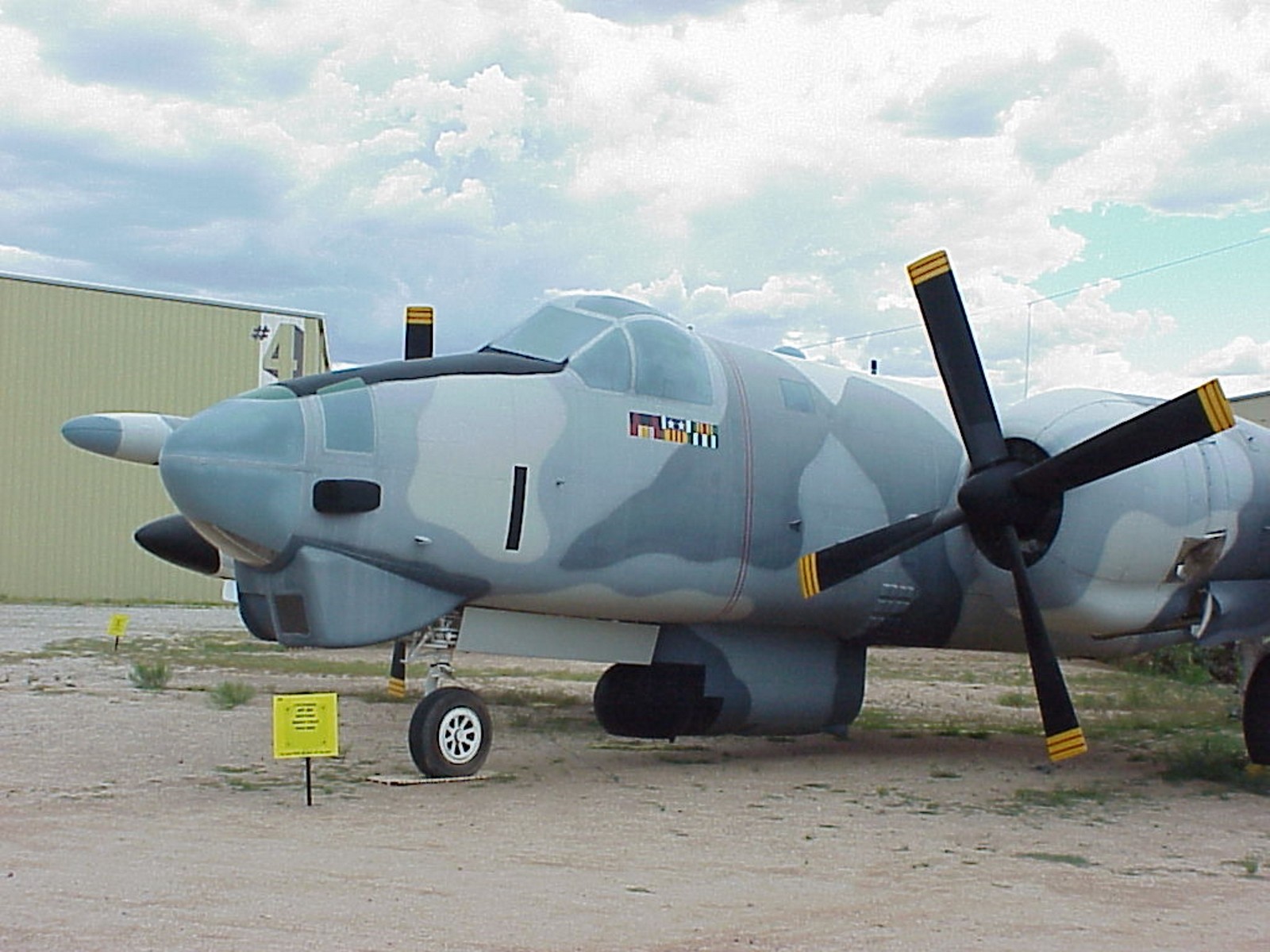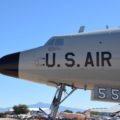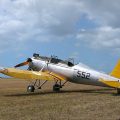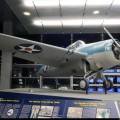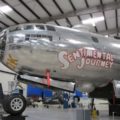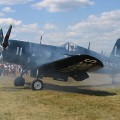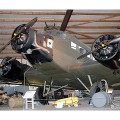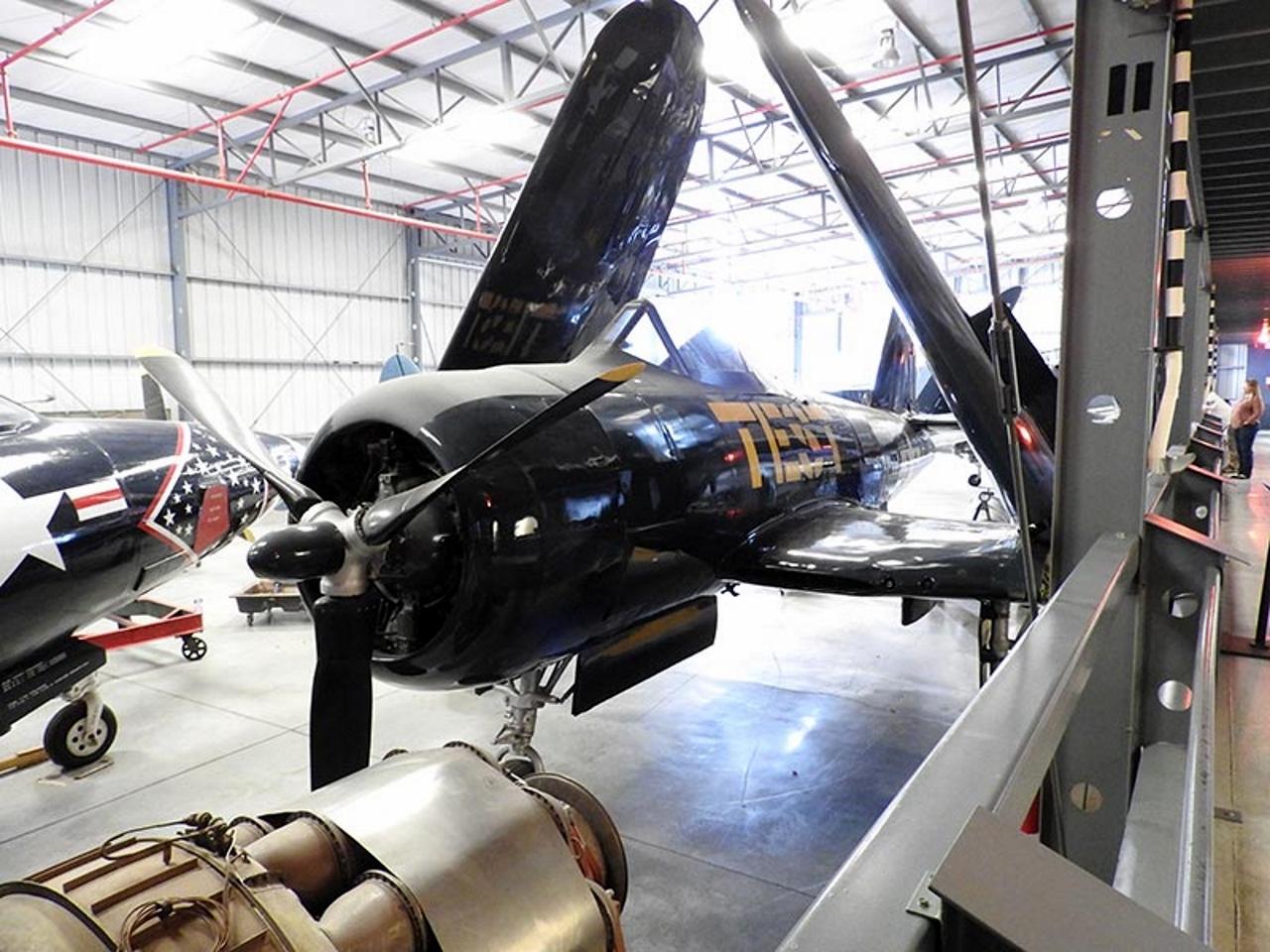
Ryan FR Fireball | |
|---|---|
| País | E.e.u.u |
| Papel | Combatiente |
| En servicio | 25 de junio de 1944 |
| Construido | 71 |
el Ryan FR Bola de fuego fue un avión de combate de potencia mixta diseñado por Ryan Aeronautical para la Armada de los Estados Unidos durante la Segunda Guerra Mundial. Fue el primer avión de la Armada con un motor a reacción. Sólo 66 aviones fueron construidos antes de que Japón se rindiera en agosto de 1945. El FR-1 Fireball equipó un solo escuadrón antes del final de la guerra, pero no entró en combate. El avión finalmente demostró carecer de la resistencia estructural requerida para las operaciones a bordo de portaaviones y fue retirado a mediados de 1947.
Fuente: Ryan FR Fireball en Wikipedia
| Ryan FR-1 Fireball Walk Around | |
|---|---|
| Fotógrafo | Cees Hendriks |
| Localización | Unknow |
| Fotos | 49 |
Kits relacionados:
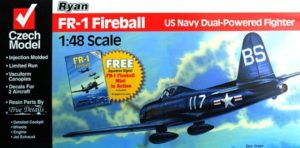
Encuentra kits en eBay:
The Ryan FR Fireball was an experimental fighter aircraft designed by Ryan Aeronautical for the United States Navy during World War II. It was the first American aircraft to be powered by a combination of a piston engine and a jet engine. The piston engine drove a propeller at the front of the aircraft, while the jet engine was mounted in the rear. The idea was to use the piston engine for takeoff, landing, and low-speed flight, and the jet engine for high-speed performance and combat. The FR Fireball had a unique appearance, with a large nose intake for the jet engine and a slender fuselage. The aircraft was armed with four 0.50 in (12.7 mm) machine guns in the wings and could carry up to 1,000 lb (450 kg) of bombs or rockets under the wings.
The FR Fireball was developed in response to a Navy request for a high-performance fighter that could operate from aircraft carriers. Ryan Aeronautical proposed a hybrid design that would combine the advantages of both piston and jet propulsion. The first prototype flew in June 1944, and the first production model was delivered in March 1945. The FR Fireball was assigned to VF-66, a squadron based at Naval Air Station North Island in San Diego, California. The squadron trained with the new aircraft and prepared for deployment to the Pacific theater. However, the end of the war in August 1945 prevented the FR Fireball from seeing any combat action.
The FR Fireball was an innovative and ambitious design that demonstrated the potential of mixed propulsion systems. However, it also faced several technical challenges and limitations. The piston engine was prone to overheating and vibration, while the jet engine had a high fuel consumption and a short lifespan. The transition between the two engines was not smooth and required careful coordination by the pilot. The aircraft also had poor handling characteristics at low speeds and altitudes, making it difficult to land on carriers. The FR Fireball was soon surpassed by more advanced jet fighters that could operate without piston engines. Only 66 FR Fireballs were built, and they were retired from service in 1947.
Vistas: 1773
